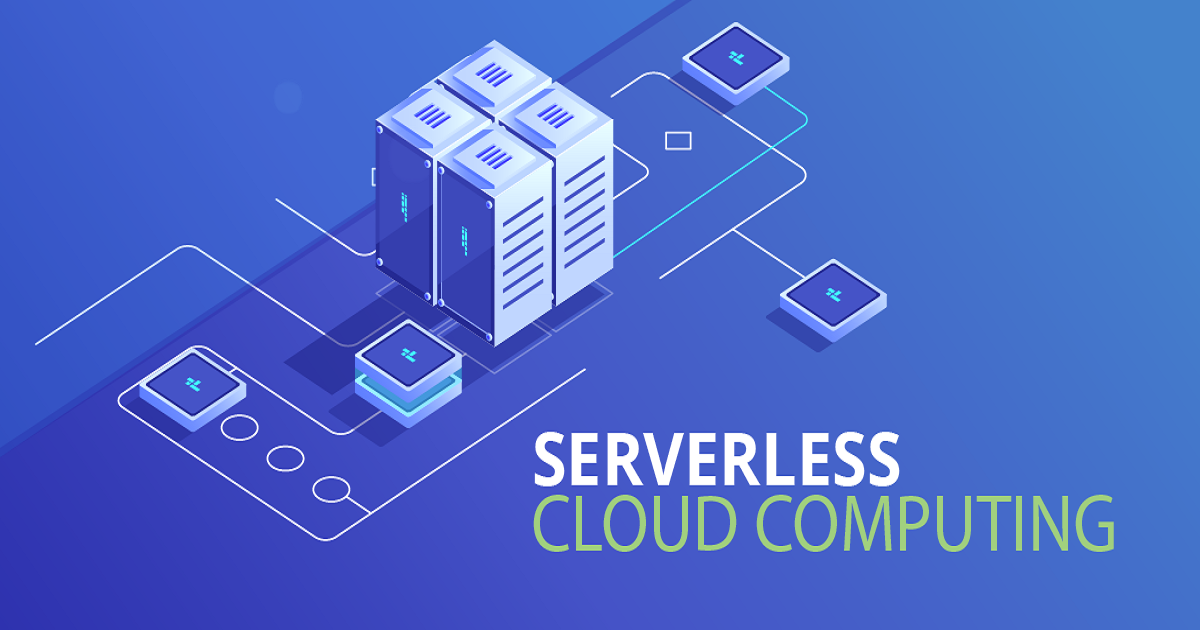
In serverless computing, backend services are provided on an as-needed basis. With serverless providers, users don't need to worry about underlying infrastructure when writing and deploying code. Companies pay based on their usage and can scale it as and when it is required. Though the name contains "serverless", Physical servers are still used, though users do not have to maintain or buy them. Today, almost every major company provides some type of serverless computing service, such as Amazon Web Services, Microsoft Azure, Google Cloud, and IBM Cloud.
Why was this technology introduced?
Prior to implementing serverless computing, companies had to purchase physical servers that were financially draining. This method was not only unpredictable but also inefficient. There was no way to expand capacity without heavy investments, and when requirements for lower capacities decreased, many servers became redundant. Due to the dependence on the place in which they were stored, these systems were also more prone to failure. Natural disasters or malfunctions could interrupt the entire system.
What can serverless computing be used for?
- FaaS (Function as a Service) - In this type of cloud computing service, code or containers can run in response to specific events or requests without getting involved in managing or specifying the infrastructure needed.
- Databases and storage - In terms of both infrastructure and pricing, this shifts away from providing "instances" with defined capacities, connections, and queries. The storage expands into a flexible, multidimensional system that has a wide range of capabilities and is versatile both functionally and in terms of capacity.
- Event Streaming and Instant Messaging - Serverless architectures are ideal for event-driven and streaming workloads.
- API Gateways - In addition to providing HTTP method routing, client ID and secrets, rate limits, CORS, viewing API usage, viewing response logs, and API sharing policies, API gateways serve as proxies for web actions.
The Advantages of Serverless Computing
- Lower expenses - It is often very cost-effective to use serverless computing because traditional cloud providers may charge the customer for unused space or idle CPU time.
- Scalability is simplified - The scope of a developer's code can be scaled up without worrying about regulations. Whenever scalability is required, the vendor handles it.
- Simplified backend code - With FaaS, developers may construct simple functions that execute a single operation independently, such as making an API request.
- Faster turnaround - Serverless architecture has the potential to drastically reduce time to market. Instead of requiring a complex deployment procedure to push out bug patches and new features, developers may add and alter code as needed.
Why does this technology matter?
A serverless approach provides developers, teams, and organisations with a degree of abstraction that allows them to spend less time and money managing infrastructure. This strategy enhances every aspect of a programme, from processing and the database engine through communications, analytics, and AI. All these factors contribute to the overall growth of the organisation as well as reduce their operation costs.







